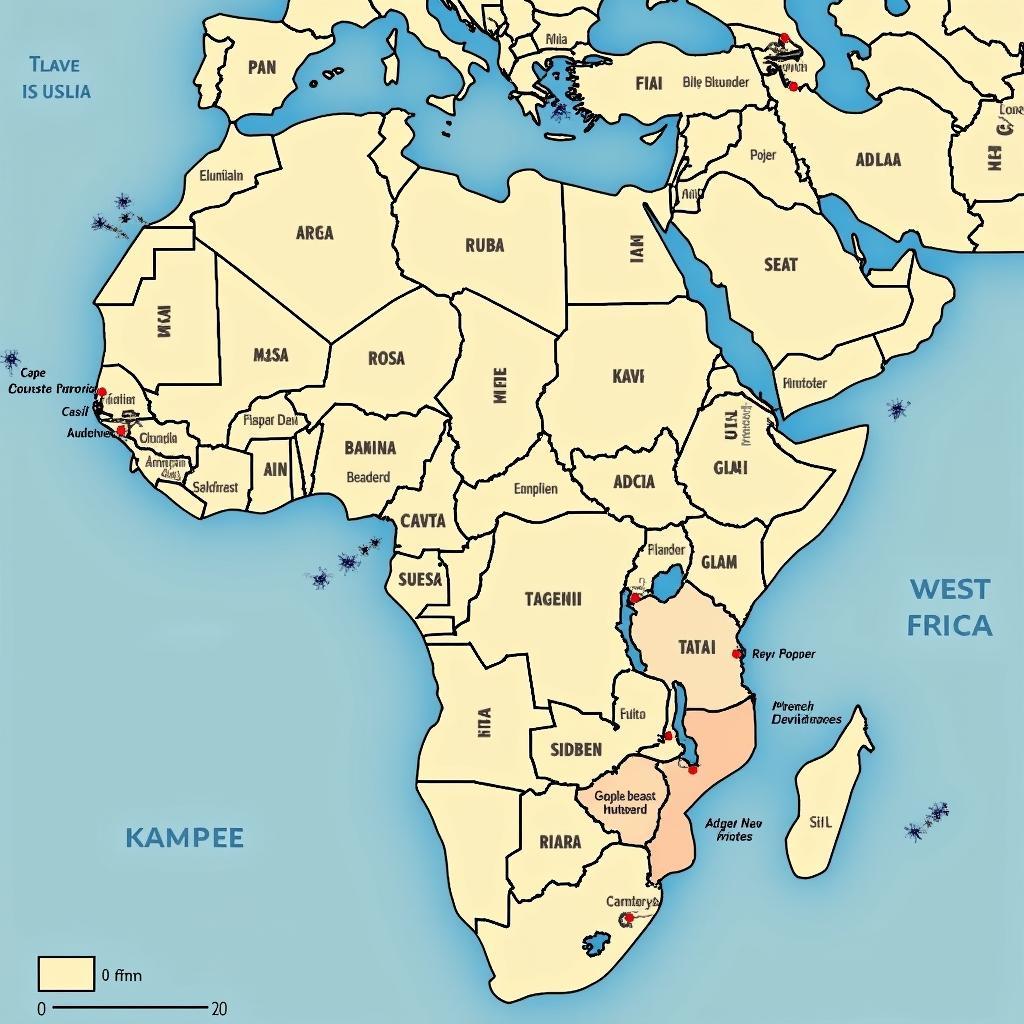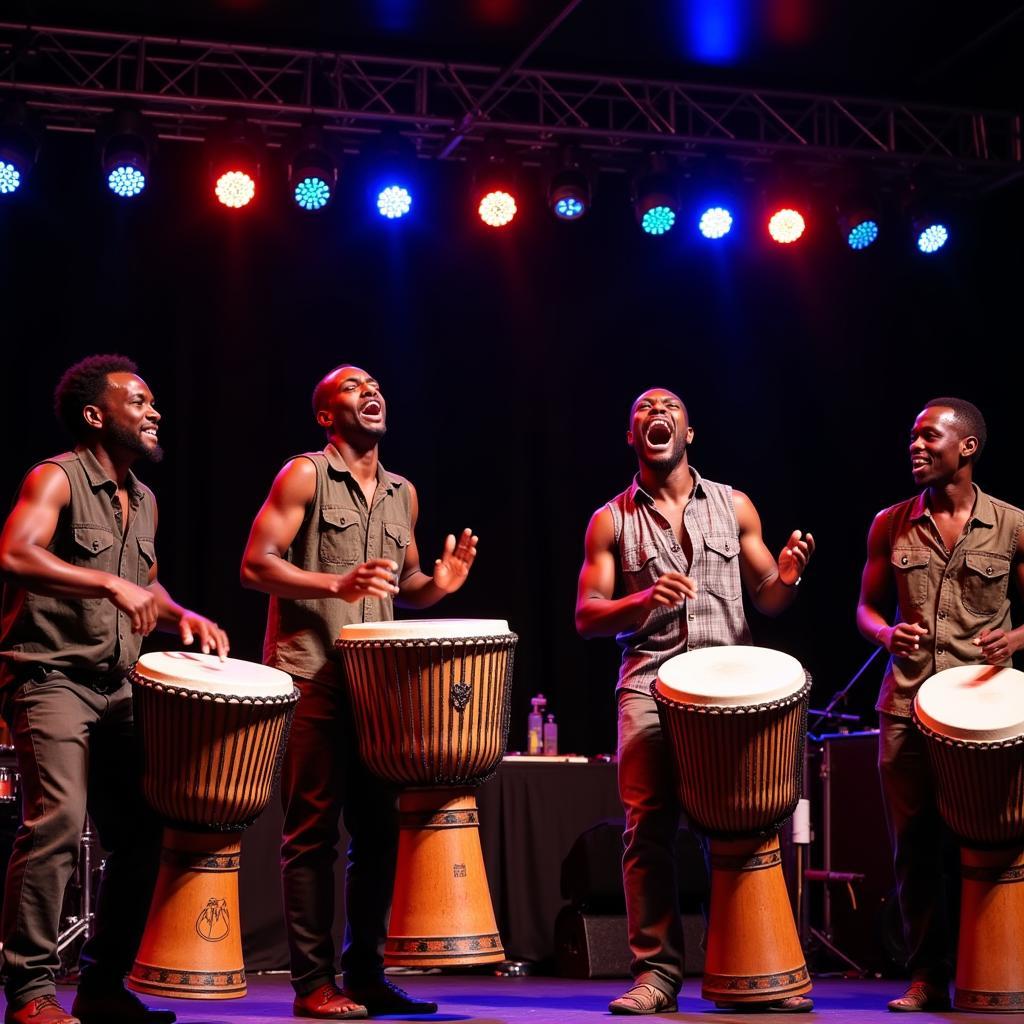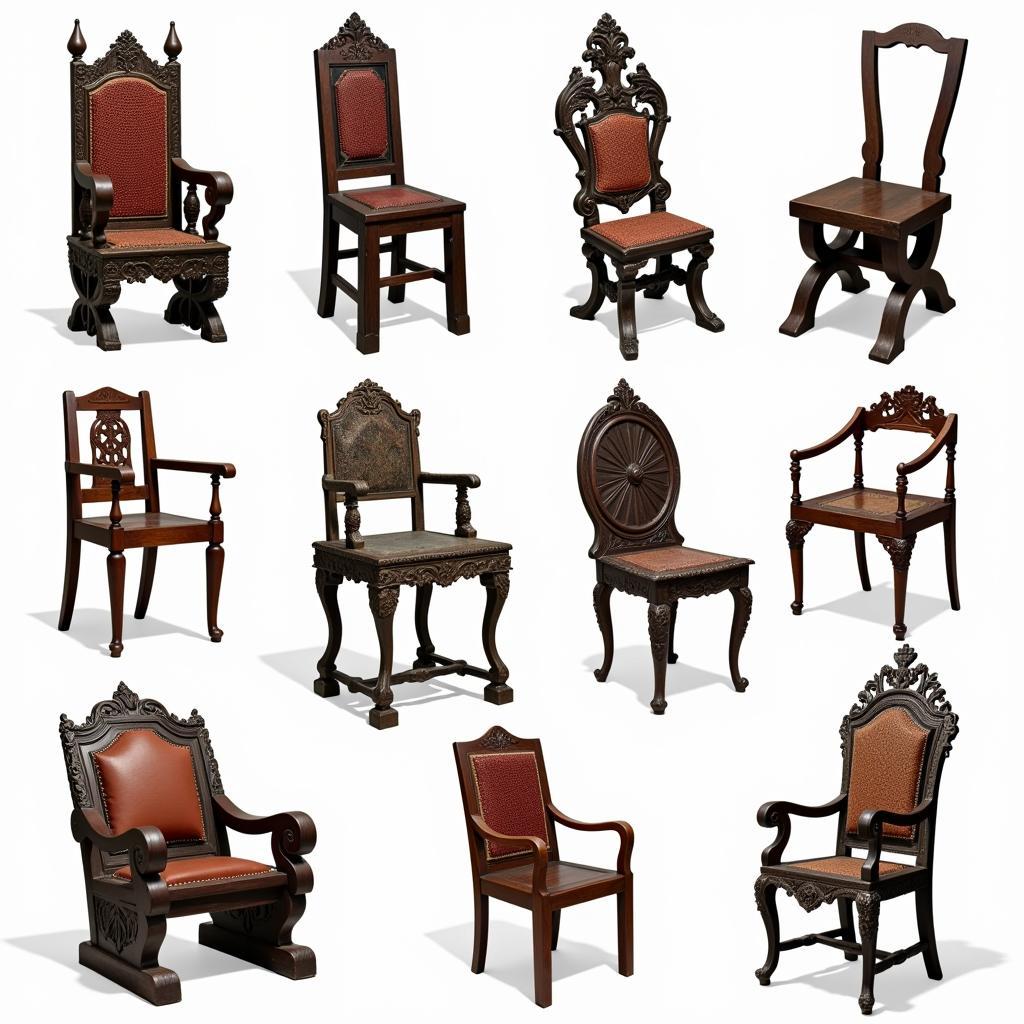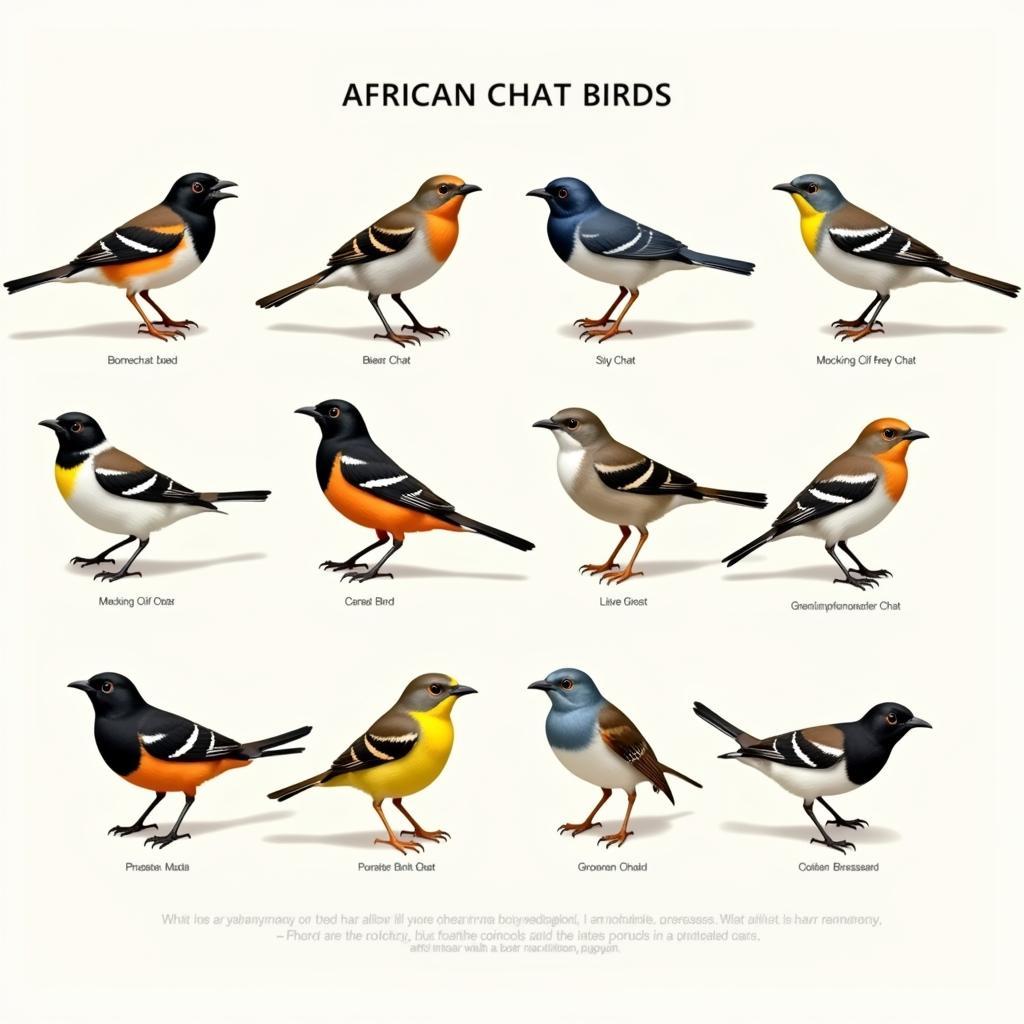African Countries Where Slaves Came From: A Deep Dive
The transatlantic slave trade remains a dark stain on human history. Understanding “African Countries Where Slaves Came From” requires not just listing names, but also acknowledging the complex social, political, and economic factors within Africa that facilitated this tragedy. This article aims to shed light on this often-overlooked aspect of the slave trade.
 Major West African Slave Trade Ports
Major West African Slave Trade Ports
The Complexities of Identifying “African Countries Where Slaves Came From”
Pinpointing precise “african countries where slaves came from” using modern political boundaries can be misleading. Pre-colonial Africa was a mosaic of kingdoms, empires, and smaller communities, with constantly shifting borders. The concept of nation-states as we know them today didn’t exist. Therefore, it’s more accurate to discuss regions and ethnic groups rather than modern countries. Moreover, the internal dynamics of African societies played a crucial role. Warfare, political rivalries, and economic incentives led to the enslavement and sale of people within Africa, often to European traders. It’s crucial to remember that Africans were not a monolithic entity; they were diverse peoples with their own histories and internal conflicts, some of which tragically contributed to the slave trade.
West Africa: A Major Hub of the Slave Trade
West Africa was undoubtedly a significant source of enslaved people. Powerful kingdoms like Dahomey, Ashanti, and Oyo actively participated in the trade, exchanging captives for European goods like guns, textiles, and alcohol. 16 west african countries were profoundly impacted by this trade. The coastal regions, particularly what are now Ghana, Benin, Togo, and Nigeria, saw the establishment of European forts and trading posts, grim symbols of the dehumanizing trade. These forts served as holding pens for captured Africans before they were forced onto ships bound for the Americas.
East Africa: A Different Story
While West Africa is often the focus of discussions about the transatlantic slave trade, East Africa also experienced a significant slave trade, albeit with different dynamics. The East African slave trade, primarily orchestrated by Arab traders, focused on the Indian Ocean and Middle East markets. Enslaved people from regions such as present-day Mozambique, Tanzania, and Kenya were transported across the Indian Ocean to places like Zanzibar, Oman, and Persia. This trade had devastating consequences for East African communities, disrupting social structures and economies for centuries.
Central and Southern Africa: Impacts of the Slave Trade
While not as heavily impacted as West and East Africa during the peak of the transatlantic trade, Central and Southern Africa were not immune to its effects. The demand for slaves further inland created ripple effects, fueling conflict and instability. Additionally, the internal slave trade within Africa continued, often intertwined with existing power structures and economic systems.
Who Were the Enslaved?
The enslaved Africans came from diverse backgrounds, representing a multitude of ethnicities, languages, and cultures. They were farmers, artisans, warriors, priests, and members of royal families. Reducing them to a single homogenous group erases their individuality and the rich tapestry of African societies.
Beyond the Numbers: Remembering the Human Cost
While statistics can help us understand the scale of the transatlantic slave trade, they can never fully capture the immense human suffering involved. Behind every number was a person with a name, a family, and a story. Remembering this human cost is essential to understanding the lasting impact of the slave trade.
abraham lincoln african american civil rights demonstrates the complex relationship between slavery and the struggle for civil rights in the United States.
Conclusion
Exploring “african countries where slaves came from” necessitates a nuanced understanding of pre-colonial Africa, moving beyond modern political borders to acknowledge the complex interplay of internal and external factors that fueled the slave trade. It’s a story of immense tragedy, resilience, and a legacy that continues to shape the world today. Understanding this history is crucial to building a more just and equitable future.
FAQ
- What was the primary motivation for the transatlantic slave trade? The primary motivation was economic profit driven by the demand for labor in the Americas, particularly for plantations producing crops like sugar, tobacco, and cotton.
- How did the slave trade impact African societies? The slave trade decimated populations, fueled internal conflicts, disrupted economies, and caused immense social and cultural upheaval.
- Were all African societies involved in the slave trade? No, not all African societies were equally involved. Some actively participated, while others resisted or were victims of slave raids.
- What role did European powers play in the slave trade? European powers played a central role, establishing trading posts, supplying goods in exchange for enslaved people, and transporting them across the Atlantic.
- How did the East African slave trade differ from the transatlantic slave trade? The East African slave trade, predominantly run by Arab traders, focused on the Indian Ocean and Middle East markets, while the transatlantic trade focused on the Americas.
- What are some resources for learning more about the slave trade? Numerous books, documentaries, and museums offer valuable insights into the history of the slave trade.
- How can we ensure that the lessons of the slave trade are not forgotten? Continued education, open dialogue, and remembrance are crucial to ensuring that the history and legacy of the slave trade are not forgotten.
african identity politics offers a lens through which to analyze the complex social and political landscape of Africa.
Further Questions
- How did the slave trade contribute to the development of racism?
- What are the long-term economic consequences of the slave trade for Africa?
- How can we address the ongoing legacy of the slave trade in contemporary society?
See also: list of african countries and capitals in alphabetical order and african country capital monrovia.
For support, contact us at +255768904061, [email protected], or visit us at Mbarali DC Mawindi, Kangaga, Tanzania. We offer 24/7 customer service.




